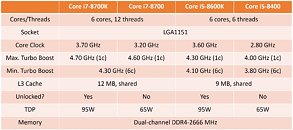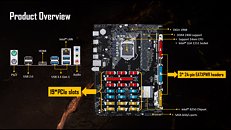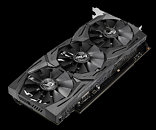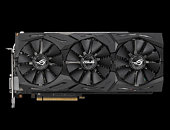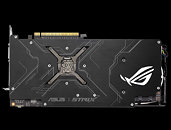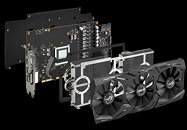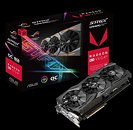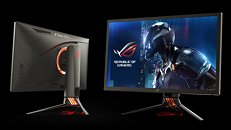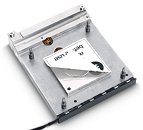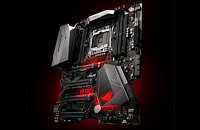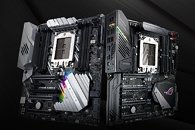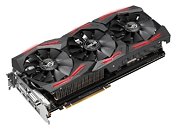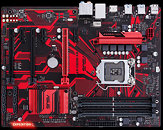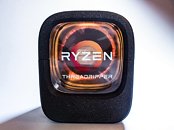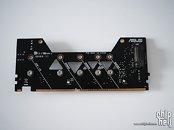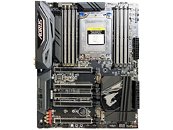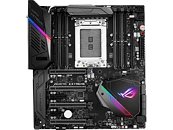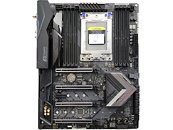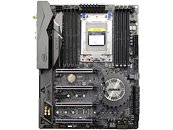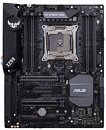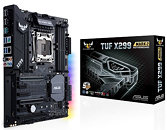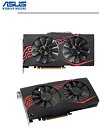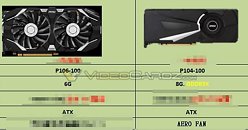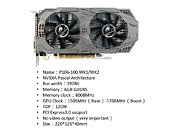
Lists of Motherboards Based on Intel Z370 Express Chipset Surface
Intel is rushing in its 8th generation Core mainstream-desktop (MSDT) processor lineup, codenamed "Coffee Lake," later within Q3-2017. The first four of these will be six-core SKUs, which while built in the "LGA1151" package, the same ones as the 7th generation "Kaby Lake" and 6th generation "Skylake," will not be compatible with motherboards based on the older 100-series and 200-series chipsets, for reasons unknown. Upcoming motherboards based on the 300-series chipset, could support not just 8th generation "Coffee Lake" processors, but also older LGA1151 processors. The chipset lineup consists of the Z370 Express, which features support for CPU overclocking and 2-way multi-GPU; and the mid-range B360 Express chipset, which could launch either in late-2017 or early-2018, alongside the first Core i3 "Coffee Lake" chips. The first wave of motherboards to go with "Coffee Lake" processors will hence be Z370-based. VideoCardz compiled a partial, but growing list of motherboards which could make up the first wave.
